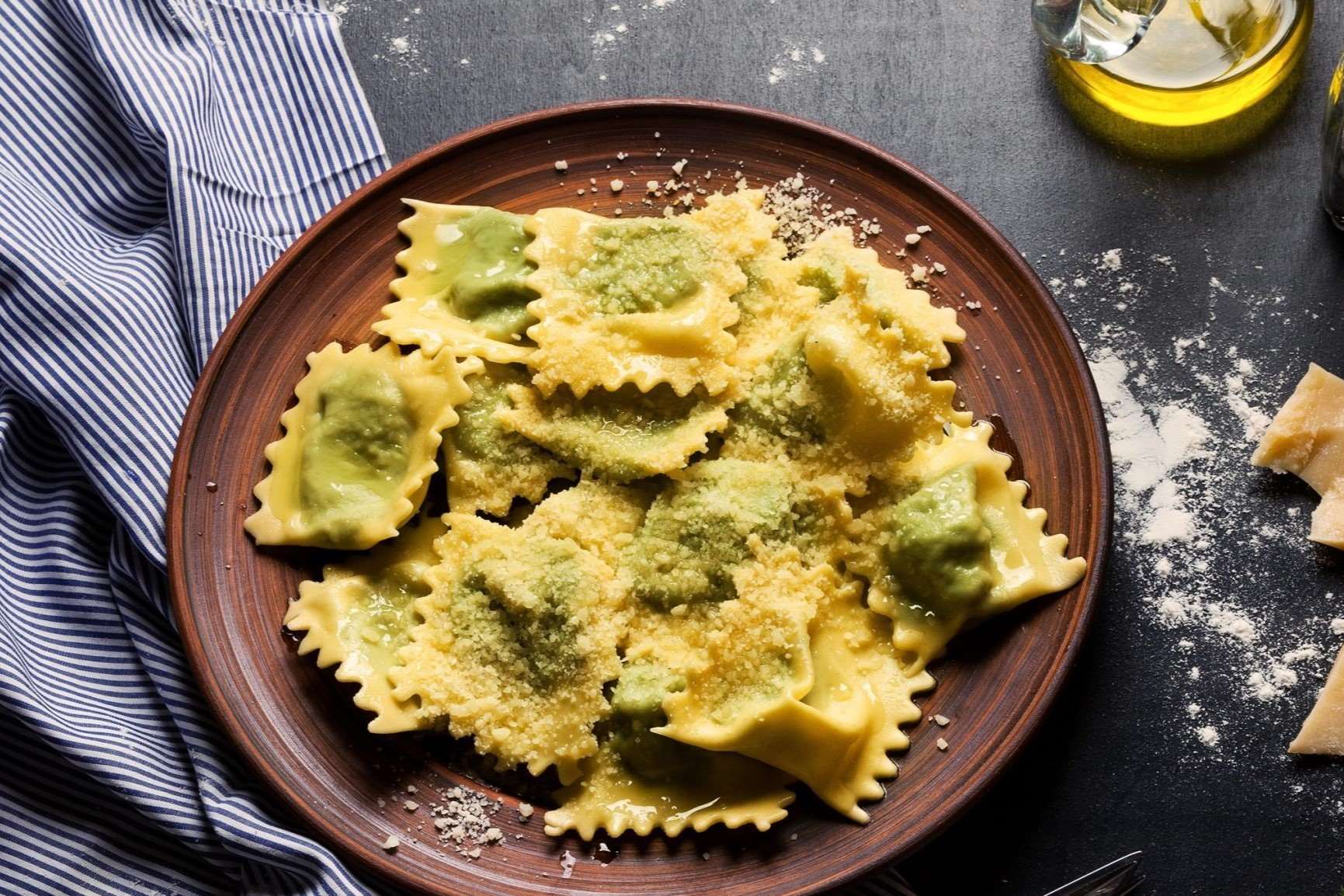The Fascinating Journey Of Ravioli Through Time

Ravioli has a rich history that spans centuries, crossing borders and cultures. Originating in Italy, this beloved dish has evolved from simple peasant food to a gourmet delight enjoyed worldwide. But how did ravioli make this incredible journey? From its humble beginnings as a way to use up leftovers, ravioli has transformed into a culinary masterpiece filled with endless possibilities. Whether stuffed with cheese, meat, or vegetables, each bite tells a story of tradition and innovation. Join us as we explore the fascinating journey of ravioli through time, uncovering the secrets behind its enduring popularity and delicious versatility.
The Origins of Ravioli
Ravioli, those delightful pasta pockets filled with various ingredients, have a rich history. Let's travel back in time to uncover where this beloved dish began.
Ancient Rome: The earliest form of ravioli can be traced to ancient Rome. Romans enjoyed a dish called "lagana," which consisted of layers of pasta with fillings. Though not exactly ravioli, it laid the groundwork for what would come.
Medieval Italy: By the 14th century, ravioli had evolved into something more recognizable. Recipes from this era describe pasta filled with cheese, herbs, and spices, often served in a broth.
Venetian Influence: Venice, a major trading hub, played a crucial role in spreading ravioli across Europe. Venetian merchants brought exotic spices and ingredients, enriching the flavors of ravioli.
Ravioli Across Regions
Ravioli's journey didn't stop in Italy. Different regions put their unique spin on this versatile dish, creating a variety of flavors and styles.
Tuscany: In Tuscany, ravioli is often filled with ricotta and spinach, then topped with a simple tomato sauce. This classic combination highlights the region's love for fresh, local ingredients.
Piedmont: Piedmontese ravioli, known as "agnolotti," are smaller and often filled with meat. They reflect the region's hearty cuisine and are typically served with a rich meat sauce or butter and sage.
Sardinia: Sardinian ravioli, called "culurgiones," are unique with their potato, mint, and pecorino cheese filling. These ravioli are shaped differently, resembling small pouches.
Ravioli's Global Spread
Ravioli didn't remain confined to Italy. As people migrated, they brought their culinary traditions with them, introducing ravioli to new cultures.
United States: Italian immigrants brought ravioli to America in the late 19th and early 20th centuries. It quickly became a staple in Italian-American cuisine, with variations like toasted ravioli emerging in St. Louis.
Argentina: In Argentina, ravioli is a popular dish due to the large Italian immigrant population. Argentine ravioli often features fillings like spinach, ricotta, and ham, reflecting local tastes.
China: Interestingly, ravioli has a distant cousin in Chinese cuisine. Dumplings, or "jiaozi," share similarities with ravioli, showcasing how different cultures have their versions of stuffed pasta.
Modern Takes on Ravioli
Today, chefs around the world continue to innovate, creating modern twists on traditional ravioli.
Gourmet Restaurants: High-end restaurants experiment with unique fillings like lobster, truffle, and even sweet options like chocolate. These gourmet ravioli push the boundaries of traditional pasta.
Vegan and Gluten-Free Options: With dietary preferences evolving, many places now offer vegan and gluten-free ravioli. These versions ensure everyone can enjoy this beloved dish.
Fusion Cuisine: Fusion cuisine has led to exciting ravioli variations, such as Asian-inspired fillings like teriyaki chicken or Mexican flavors like black beans and corn.
Ravioli's Timeless Appeal
Ravioli has captured hearts and taste buds for centuries. From its origins in Italy to its global variations today, this stuffed pasta has shown incredible versatility. Whether filled with cheese, meat, or vegetables, ravioli offers endless possibilities for delicious meals. Its adaptability to different cultures and cuisines highlights its universal appeal.
Making ravioli at home can be a fun, rewarding experience. Fresh ingredients and a bit of creativity can lead to mouthwatering results. For those less inclined to cook, countless restaurants serve up their own unique takes on this classic dish.
Ravioli's journey through time is a testament to its enduring popularity. It continues to evolve, delighting food lovers everywhere. Next time you enjoy a plate of ravioli, remember its rich history and the many hands that have perfected it over the years.

